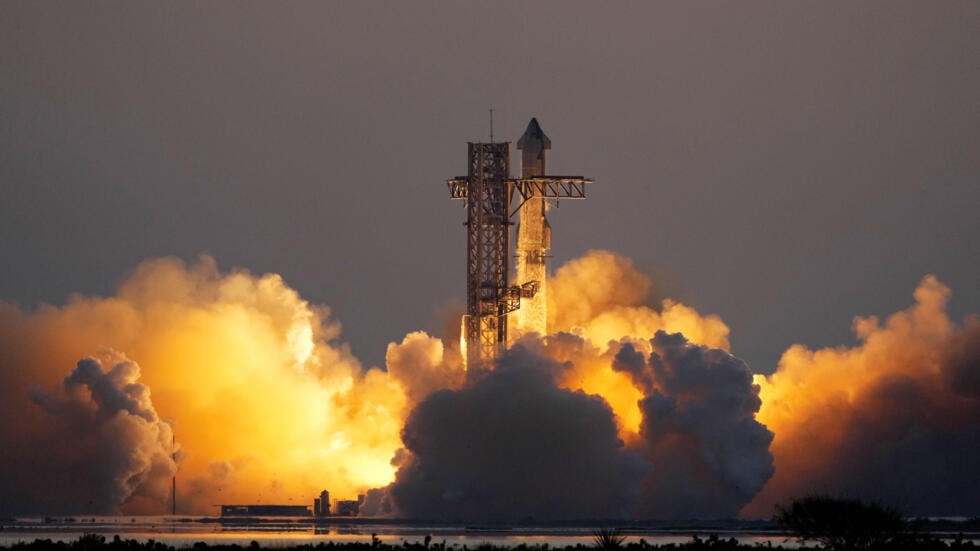
In a groundbreaking achievement for space exploration, SpaceX has accomplished a feat that was once thought impossible. The company has successfully caught a returning Starship booster, marking a major milestone in the development of reusable rocket technology.
The Starship booster, a massive first-stage rocket designed to propel spacecraft into orbit, made a controlled descent back to Earth after launching a payload into space. As it approached the landing site, SpaceX's innovative "catch" mechanism sprang into action.
This mechanism, aptly named "Mechazilla," consists of two enormous robotic arms attached to the launch tower. These arms gently grasped the descending booster, guiding it to a safe landing on the launch pad. This technique eliminates the need for landing legs on the booster, reducing weight and complexity.
The successful catch represents a leap forward in SpaceX's mission to create a fully reusable spacecraft system. By recovering and reusing both the booster and the upper stage of Starship, the company aims to dramatically reduce the cost of space travel and enable more frequent launches.
Elon Musk, SpaceX's founder and CEO, expressed his excitement on social media, calling the achievement "a game-changer for space exploration." He emphasized that this technology will pave the way for more ambitious missions, including potential human settlement on Mars.
Industry experts have praised the accomplishment, noting its potential to revolutionize the economics of space travel. By eliminating the need to build new rockets for each mission, SpaceX could significantly lower the barriers to entry for space-based endeavors.
The successful catch also demonstrates the precision and reliability of SpaceX's guidance systems. Bringing a massive rocket booster down for a controlled landing is no small feat, and doing so with enough accuracy to be caught by robotic arms is truly remarkable.
As SpaceX continues to refine this technology, we can expect to see more frequent and cost-effective space launches in the near future. This achievement brings us one step closer to a new era of space exploration and commercialization, where the boundaries of what's possible in space continue to expand.